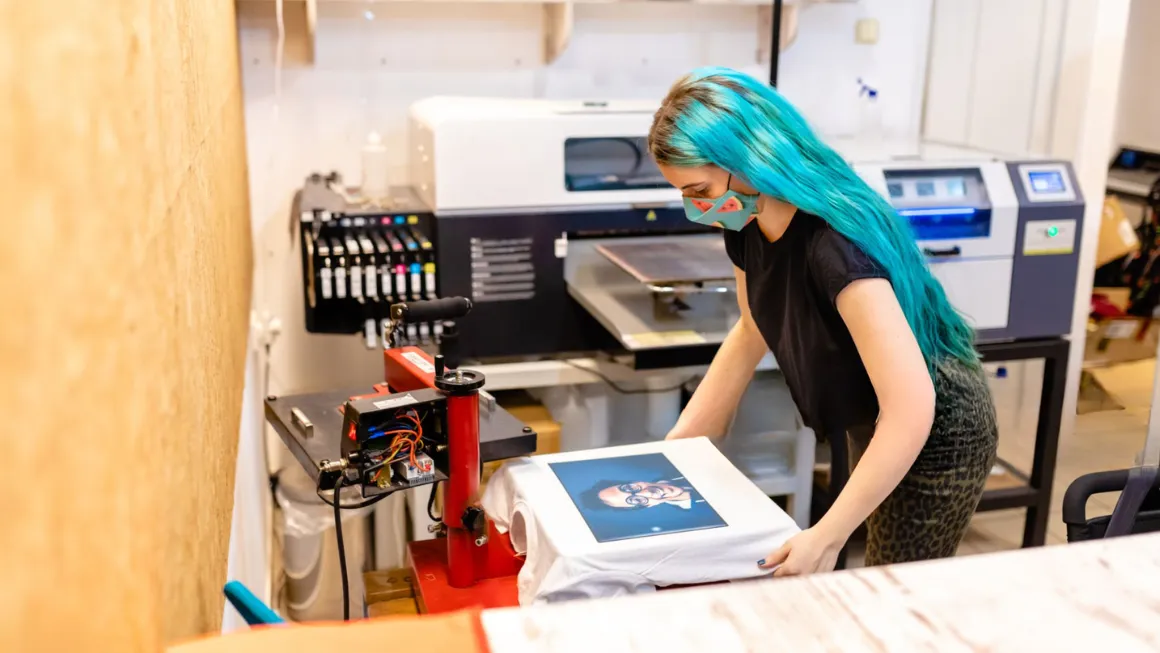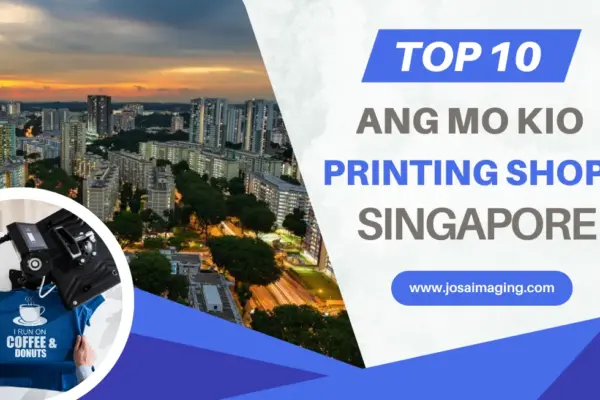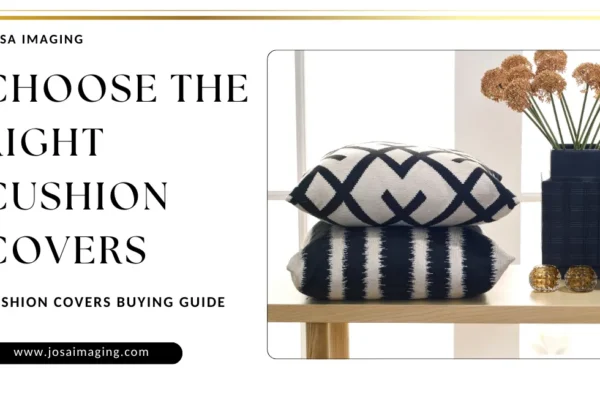Custom t-shirt printing has become incredibly popular for everything from business branding to personal gifts and fashion statements. Whether you’re printing for a corporate event, a school team, or a trendy clothing line, the printing method you choose makes a big difference.
Each shirt printing technique has its own look, feel, durability, and cost. Some are perfect for bold logos, while others bring photos and complex graphics to life.
In this blog, we’ll walk you through the most common shirt printing methods, highlight their pros and cons, and help you figure out which one fits your needs best.
Let’s get started!
Different Types of T-Shirt Printing Methods
There are several popular t-shirt printing techniques, each offering unique benefits in terms of quality, cost, and t-shirt design flexibility. Below are the most commonly used methods in the custom apparel industry.
1. Screen Printing
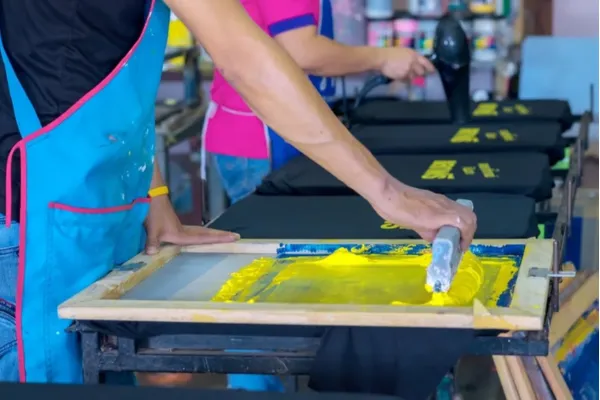
Screen printing is a traditional and highly popular t-shirt printing method that delivers bold and vibrant results. It works by pushing ink through a mesh stencil (called a screen) onto the fabric. Each color in the design requires a separate screen, which makes it ideal for simple graphics and logos with few colors.
This method is especially cost-effective for bulk orders since once the screens are created, the same design can be printed quickly across multiple shirts. It’s also known for producing long-lasting prints that don’t fade or crack easily, making it a favorite for businesses, events, and sports teams.
Pros:
- Produces bright, vivid, and durable prints
- Excellent for large-volume printing
- Ideal for bold and solid-colored designs
Cons:
- Not suitable for complex or photo-realistic images
- Higher setup cost for small orders
- Limited flexibility for multi-colored or detailed designs
2. Direct to Garment (DTG) Printing
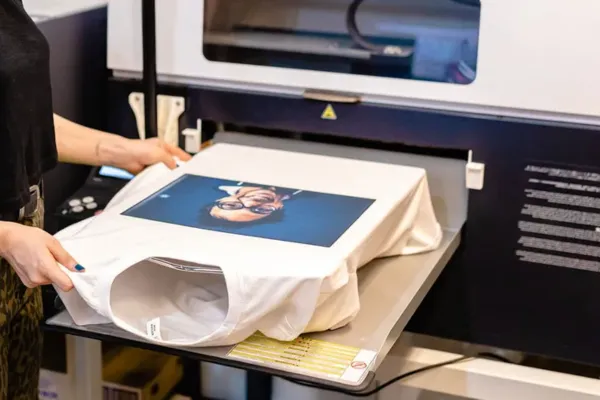
Direct to Garment (DTG) printing is a modern technique that uses specialized inkjet technology to print full-color designs directly onto fabric. Much like printing on paper, the design is digitally loaded into the printer and sprayed onto the t-shirt with precision. This method allows for incredibly detailed artwork, gradients, and even photo-realistic prints with a soft finish.
DTG is perfect for small to medium print runs and one-off custom orders. Since there’s no need for screens or setup, you can print as little as one shirt without high upfront costs. It works best on 100% cotton or high-cotton blend garments to ensure the ink bonds well with the fibers. Whether it’s a complex design with shading or a colorful illustration, DTG delivers crisp and vibrant results.
Pros:
- Ideal for full-color and detailed artwork
- Great for small quantity printing or custom designs
- No setup required – fast turnaround for single pieces
- Soft, smooth print finish that blends into the fabric
Cons:
- Slower than screen printing for bulk orders
- Not as vibrant on dark garments without a white underbase
- Works best only on cotton or high-cotton blend fabrics
- Slightly higher cost per shirt for large orders
3. Heat Transfer Vinyl (HTV) Printing
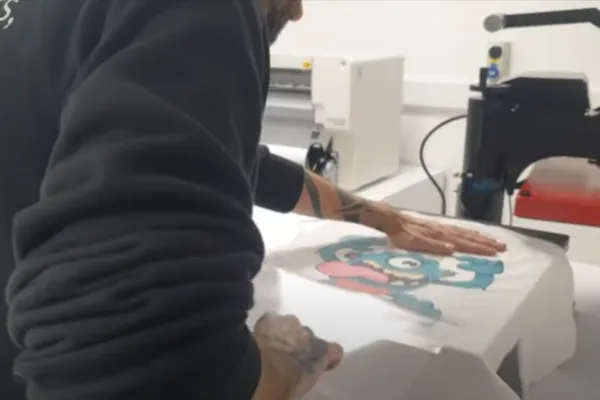
Heat Transfer Vinyl (HTV) involves cutting out designs from colored vinyl sheets using a cutting machine and then heat-pressing them onto the shirt. Each part of the design is made from a separate piece of vinyl, which makes it ideal for solid shapes, numbers, and lettering.
HTV is a favorite for sports jerseys, uniforms, and custom one-off t-shirts with simple graphics. It offers a clean and professional finish, and you can choose from a variety of vinyl types—matte, glossy, glitter, and even glow-in-the-dark options.
Pros:
- Great for small runs and personalized designs
- High durability with proper care
- A wide variety of vinyl textures and finishes are available
Cons:
- Not suitable for complex or multi-colored artwork
- Can feel thick on fabric compared to other methods
- Time-consuming for large or layered designs
4. Plastisol Transfers

Plastisol transfers involve screen-printing a design onto a special heat-transfer paper using plastisol ink, then transferring it to a garment using a heat press. It combines the quality of screen printing with the flexibility of heat pressing, making it ideal for printing on demand.
This method is ideal for businesses that want to produce large batches of designs ahead of time and apply them on demand, saving both time and storage space. Plastisol transfers deliver high-quality, professional results similar to traditional screen printing, including bold and vibrant prints that are built to last.
Because the ink is first applied to paper rather than fabric, it’s easier to manage inventory and customize shirt sizes and colors later without reprinting the design. However, using a heat press correctly is critical to ensure the print adheres properly and doesn’t peel after washing.
Pros:
- Offers screen-print quality without immediate application
- Ideal for batch printing and storing designs for later use
- Durable and vibrant prints
Cons:
- Requires a heat press for proper transfer
- Not ideal for photo-realistic or highly detailed prints
- Can feel slightly thick on the fabric
5. Embroidery
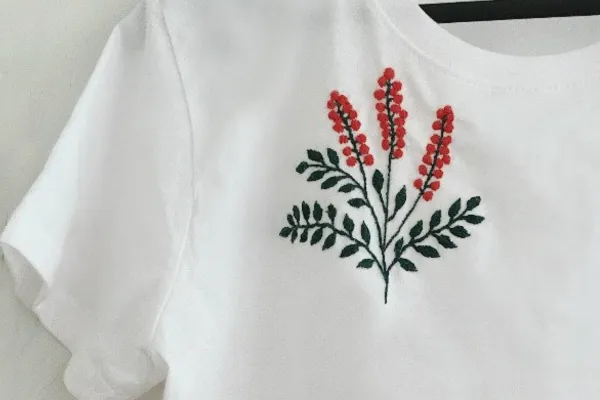
Embroidery is a premium method that involves stitching a design into the fabric using thread, rather than printing ink. This method creates a textured, dimensional look and is known for its durability and high-end appearance. It’s commonly used for logos on polos, caps, uniforms, jackets, and other heavier garments.
Embroidery stands up extremely well to wear and washing, making it ideal for workwear and school uniforms. It’s also associated with a more formal or professional aesthetic, making it popular in corporate settings and among fashion brands that want a clean, embroidered finish.
While embroidery offers unmatched durability, it’s not suited for complex images or gradients due to thread limitations. Also, because it involves stitching, very thin fabrics may not handle it well, and large designs can become heavy and bulky. It’s typically priced higher than other printing methods, especially for multicolor or intricate logos.
Pros:
- Extremely durable and long-lasting
- Gives a high-end, professional appearance
- Ideal for logos and text on thicker fabrics
Cons:
- Not suitable for intricate or photo-like designs
- Can be expensive for large or complex artwork
- Limited color blending and detail
6. Direct to Film (DTF) Printing
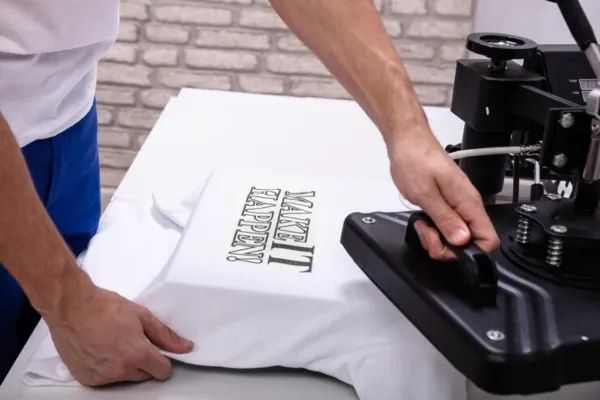
Direct to Film (DTF) printing is a relatively new method that prints designs onto a special film, which is then transferred onto the fabric using heat. Unlike direct-to-garment (DTG), DTF works on a wide range of fabric types, not just cotton.
This method combines the advantages of digital printing with the versatility of transfer techniques. It offers high-quality, vibrant prints that are stretchable and crack-resistant, making it popular for printing on-demand and custom apparel businesses.
Pros:
- Works on multiple fabric types, including polyester and blends
- Produces vibrant, durable prints
- Great for full-color and detailed designs
Cons:
- Requires a heat press and additional materials
- Slightly more complex setup than DTG
- Not as soft as DTG when touched
7. Dye Sublimation
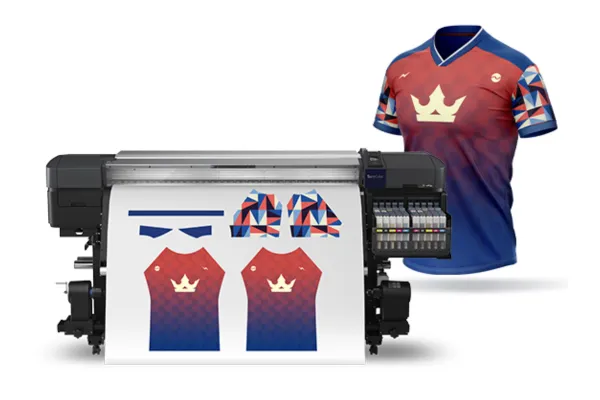
Dye sublimation is a unique printing method where ink is turned into gas under heat and embedded directly into polyester fabric fibers. Unlike other methods that sit on top of the fabric, sublimation infuses the ink into the fabric itself, resulting in a smooth, breathable, and extremely durable finish.
This method produces stunning, full-color images with photographic quality and vibrant saturation. It’s especially popular for all-over t-shirt prints, athletic wear, and promotional items like mousepads and mugs. Sublimation is perfect for creative, colorful designs and offers unmatched print longevity.
However, dye sublimation only works on white or light-colored polyester garments, which limits its application for dark fabrics or cotton shirts. If your audience prefers cotton tees, sublimation won’t be a suitable option. But for polyester-based apparel, it’s one of the best techniques for eye-catching, permanent results.
Pros:
- Seamless, full-color prints with no feel on the fabric
- Extremely durable and won’t fade over time
- Perfect for all-over and detailed designs
Cons:
- Only works on polyester or polyester-coated fabrics
- Not suitable for cotton garments
- Requires specialized printers and inks
8. Discharge Printing

Discharge printing uses a water-based ink that removes the dye from the fabric, essentially bleaching the design into the shirt. A pigment can also be added to replace the original color with a new one, resulting in a soft, vintage look.
This method is perfect for creating vintage-style prints with a worn-in look, especially on dark-colored, 100% cotton garments. The result is soft to the touch and extremely breathable, unlike plastisol prints that sit on top of the fabric. It’s a popular choice for fashion brands looking for a distressed, natural look.
The downside is that results can vary depending on how the shirt was dyed, and not all fabric colors discharge equally well. Additionally, it’s not ideal for extremely bright or solid colors since the ink is water-based and not as opaque as plastisol. But when used correctly, discharge printing offers a beautiful, premium-quality finish.
Pros:
- Super soft, no-feel prints
- Ideal for vintage and faded-look designs
- Works well on dark-colored shirts
Cons:
- Limited to 100% cotton garments
- Results can vary depending on shirt dye quality
- Not suitable for bright or vibrant color printing
How to Choose the Right Shirt Printing Method
Choosing the right shirt printing method depends on several factors, including the type of fabric, design complexity, order quantity, and budget. Each technique has its own strengths, and what works best for one project may not suit another.
If you’re creating a large batch of shirts with a simple, bold design—screen printing is a cost-effective and durable choice. For more complex, full-color designs, especially with photo-like quality, Direct to Garment (DTG) or Direct to Film (DTF) printing would be better options, especially for small runs or on-demand orders.
For personalized items like names or numbers on jerseys, Heat Transfer Vinyl (HTV) is ideal, while embroidery is perfect if you’re aiming for a premium, long-lasting, and professional look on polos, jackets, or uniforms. On the other hand, sublimation works best if you’re printing on light polyester fabrics and want all-over, vibrant designs. For vintage-style prints on cotton, discharge printing provides that soft, lived-in feel.
In short, consider your project needs:
- Material type (cotton, polyester, blends)
- Design complexity (simple text vs. photographic image)
- Quantity of shirts
- Durability expectations
- Budget per piece
Where to Get Custom Shirt Printing Services
If you’re looking for reliable and high-quality custom shirt printing services in Singapore, JoSa Imaging is here to help. We offer a wide range of printing solutions to suit different styles, fabrics, and needs.
At JoSa Imaging, we provide different shirt printing methods services such as silkscreen printing, heat transfer printing, embroidery, sublimation, and direct to garment (DTG) printing. Our team is dedicated to delivering quality prints with quick turnaround times and excellent customer service.
No matter the occasion or project size, JoSa Imaging is your trusted local partner for custom shirt printing in Singapore.
With JoSa Imaging, no minimum order t shirt printing
Anyone can design their own t-shirts because there is no minimum order t shirt printing requirement.
You don’t have to worry about large-scale production. We make it easy and affordable to bring your ideas to life, even if it’s just a one-off design.
Conclusion
T-shirt printing has evolved with a variety of methods to suit different needs—whether it’s for business, events, fashion, or personal use. From the classic durability of screen printing to the vibrant detail of DTG and sublimation, each technique has its own advantages.
By understanding the strengths of each method, you can choose the best one based on your fabric, design, budget, and purpose. And if you’re in Singapore and looking for quality custom shirt printing with no minimum order, JoSa Imaging is here to help bring your ideas to life with expert craftsmanship and fast service.
Ready to print your perfect shirt? Contact us today!
